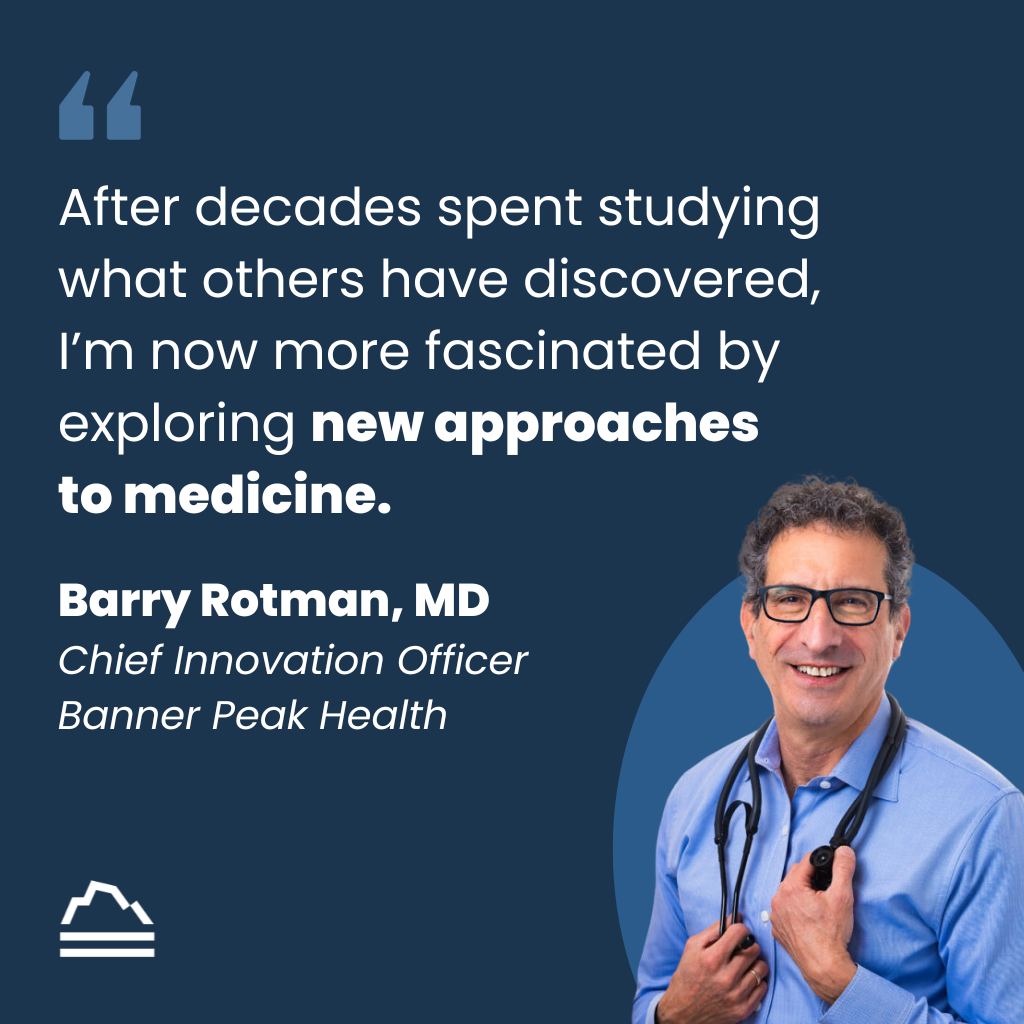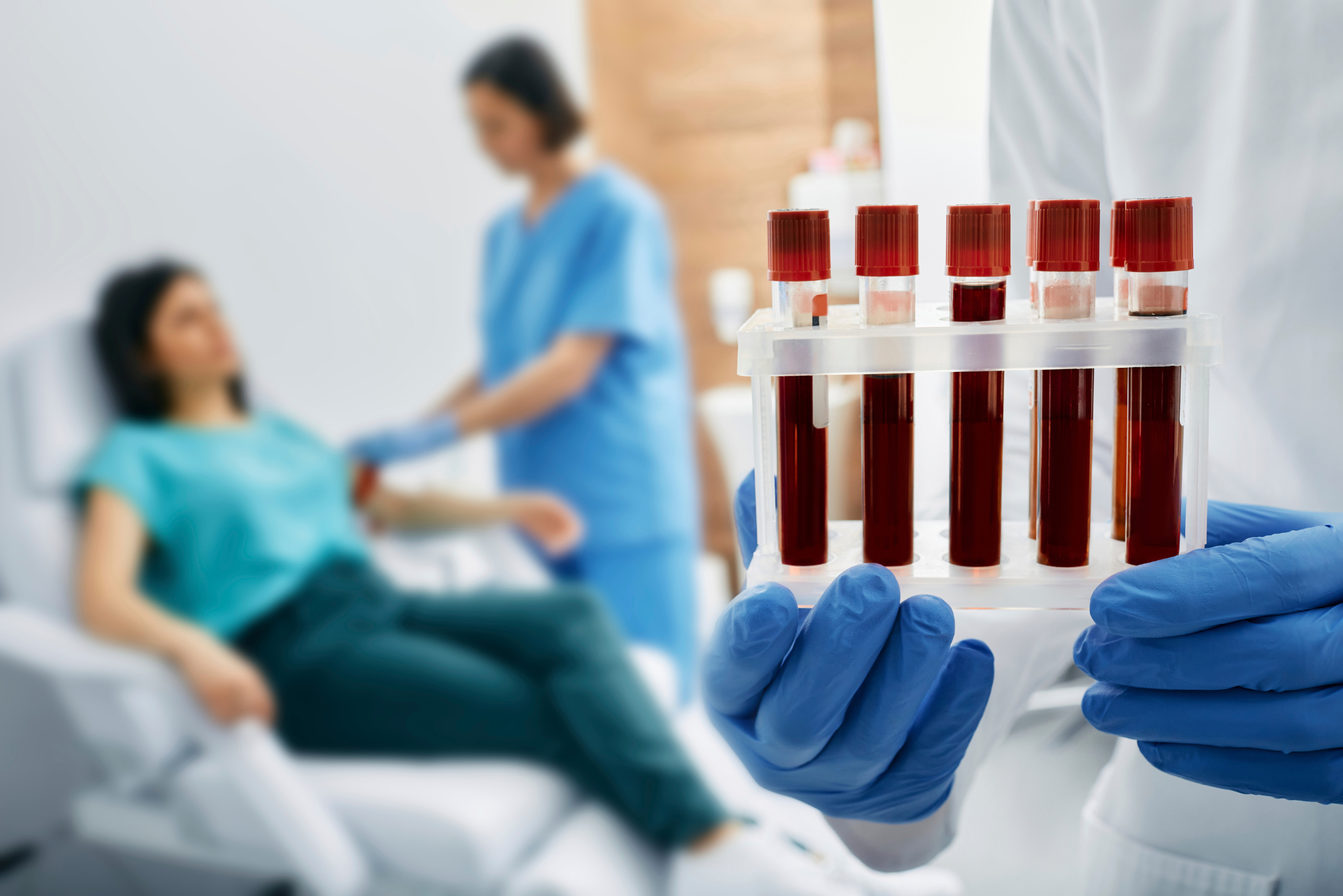When I was a young child in the 1960s, I wanted to be an astronaut because the Apollo program fascinated me. This phase passed, and I contemplated other professions such as lawyer, therapist, and public policy analyst.
As an undergraduate, I studied political economy before deciding to become a doctor. In medical school, I considered specialties such as psychiatry, ophthalmology, and family practice before choosing internal medicine.
As an internal medicine doctor, I’ve had a wonderful career with a meaningful, direct impact on my patients. A third of a century later, I’m still refining “what I want to be when I grow up.”
The intellectual construct of internal medicine involves acquiring medical knowledge across many disciplines to treat patients’ wide range of problems. After decades spent studying what others have discovered, I’m now more fascinated by exploring new approaches to medicine, and I have a theory about where to look for answers.
Given the economic structure of healthcare in our society, medical advances that involve pharmaceuticals, surgical techniques, or expensive diagnostic modalities are disproportionately supported in terms of research, money, and implementation in our system, leaving many areas underserved. To describe this phenomenon, I’ve coined the term “diagnostic desert,” analogous to the term “food desert,” which is the scarcity of grocery stores in neighborhoods of low socioeconomic status.
With no lucrative drug, surgery, or diagnostic procedure, vast areas of healthcare remain underserved. The result: a “diagnostic desert.” Anyone who has sought care for chronic pain, insomnia, or menopause (to name a few examples) knows the paucity of resources for high-quality care in these areas.
Fortunately, there are other routes for healthcare innovation, such as sports medicine and consumer wearables. Individuals and sports teams create a market for new products and techniques that generate novel solutions for healthcare outside of traditional medicine.
A prime example of this new technology is photoplethysmography (PPG). Millions of people wear PPG fitness devices that shine LED light below the surface of the skin. The light bounces against our blood vessels and sends reflected light back for analysis, providing information about cardiac status, pulmonary function, sleep quality, and the autonomic nervous system.
For example, the 5-gram Oura Ring I wear, paired with my smartphone, generates an enormous amount of physiological data about me. When I was a medical student in the 1980s, an entire room filled with multiple machines would have been required to generate a comparable amount of data. PPG technology has the potential to transform our understanding of the human body by allowing us to move from studying individuals for limited amounts of time to having millions of people continuously monitor their health data.
Paradoxically, as medical technology advances, we generate data faster than we can explain its meaning and translate the information into treatments. For example, millions of people wear Apple Watches that record every heartbeat and recognize those suggestive of atrial fibrillation, even without symptoms. This massive population-based screening provides a very different perspective on the illness than diagnosing individuals who seek medical care for symptoms of atrial fibrillation. This raises questions: Who needs further evaluation? What burden of atrial fibrillation requires treatment?
PPG technology also shifts the focus of medical discoveries from test tubes, animal labs, or academic centers to the interaction between patient and physician. Online educational tools support these devices, which are sold directly to consumers and provide people with actionable information about their health. However, I believe their maximum value stems from incorporating the information into the patient-physician relationship, further enhancing personalized healthcare. In fact, for certain conditions, these wearable products provide better insights than any available medical technique.
For example, it’s common knowledge that stress is bad for you. Healthcare providers constantly admonish patients to reduce their stress. However, you can’t manage what you don’t measure. For the last few years, consumer devices such as Whoop, Oura, and the Apple Watch have quantified the physiology of stress in real-time using heart rate variability (HRV) assessments.
As a 50-year athlete and a 34-year physician with 17 years of concierge medicine experience, I’m well suited for investigating this realm. I strive to learn many valuable techniques that can bring innovative and groundbreaking healthcare to Banner Peak Health.
I’ve assumed the title of “Chief Innovation Officer” to describe my new responsibilities. I’m tremendously excited about moving into this new role. I now know “what I want to do when I grow up!”
Please continue to follow the blog to learn more about my discoveries.


Barry Rotman, MD
For over 30 years in medicine, Dr. Rotman has dedicated himself to excellence. With patients’ health as his top priority, he opened his own concierge medical practice in 2007 to practice medicine in a way that lets him truly serve their best interests.



